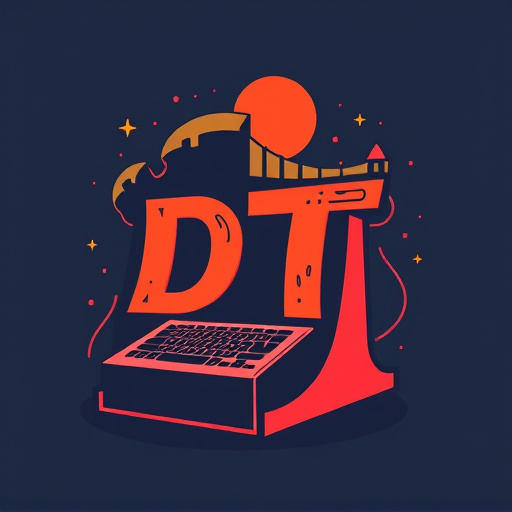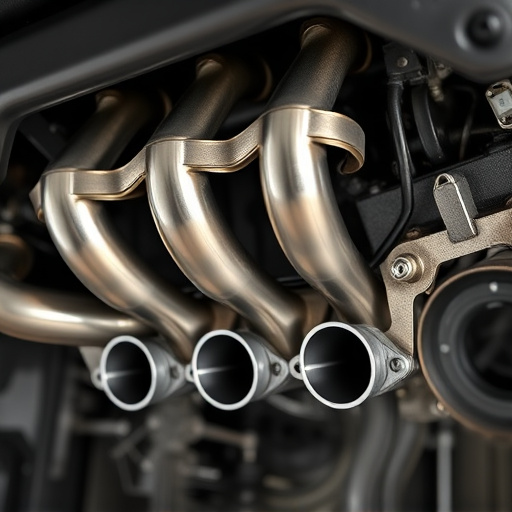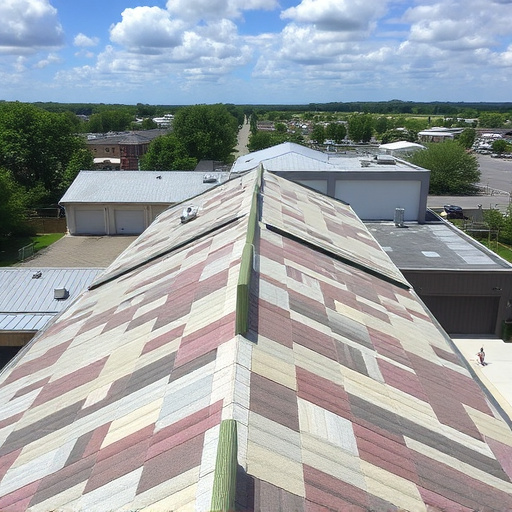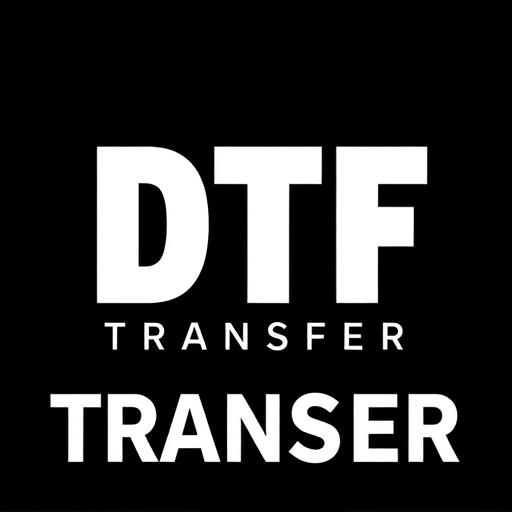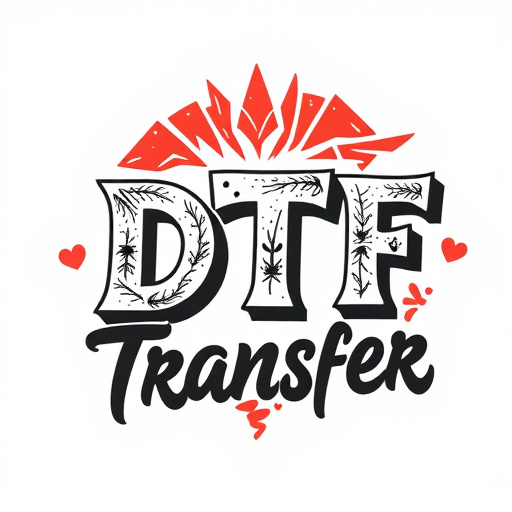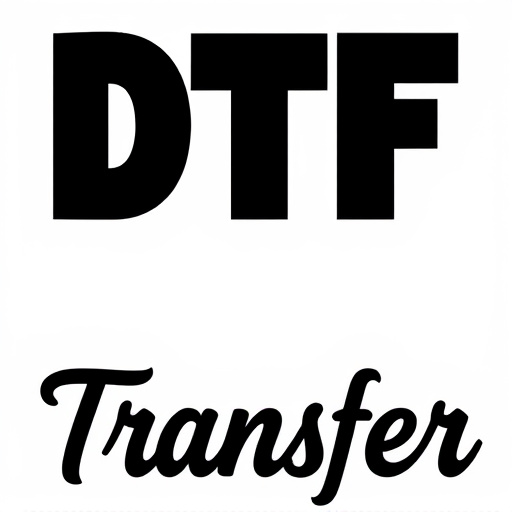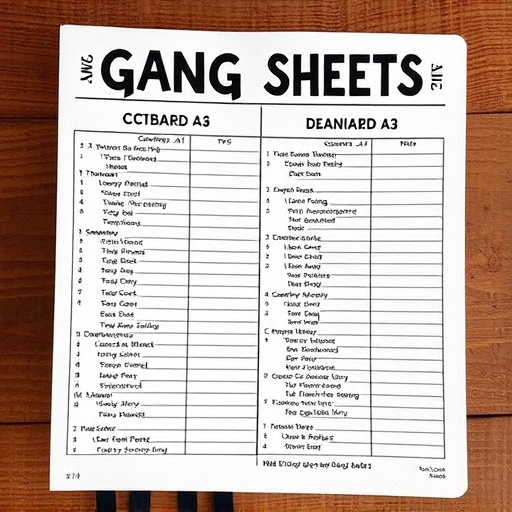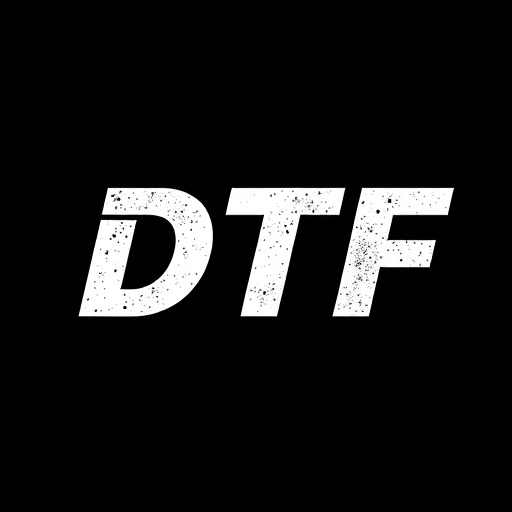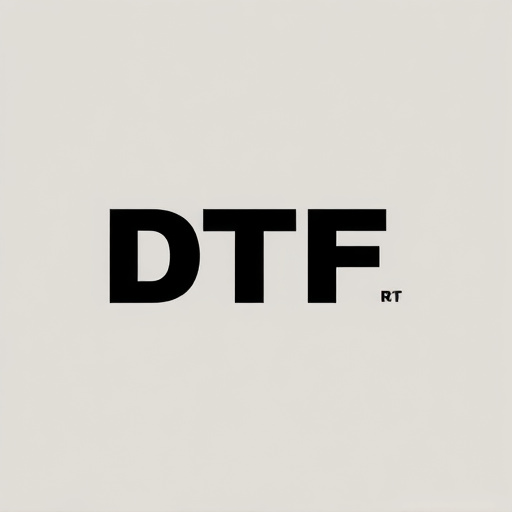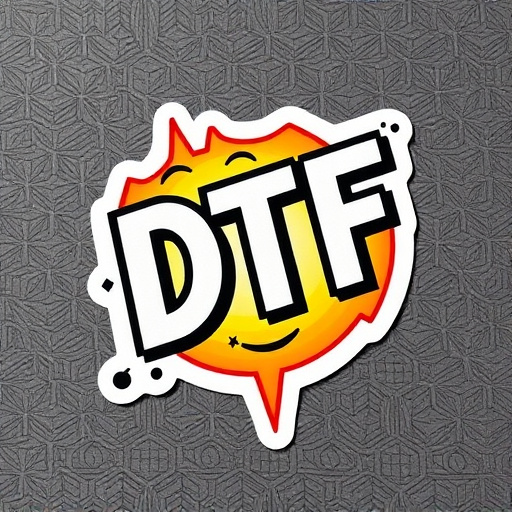DTF (Direct-To-Fabric) transfer is a cutting-edge process that transforms textile design and personalization. Using heat-activated adhesives, it allows precise printing of intricate designs directly onto fabric, offering vibrant colors and crisp lines. This technology empowers creators to craft unique garments, accessories, and home decor items, while streamlining production in industries like fashion and promotional merchandise by eliminating setup costs and time. Preparing DTF transfers involves specific steps for digital design files, cleanup, color adjustments, and layout arrangement. Creating multi-design transfer sheets is an artistic process involving scanning, software arrangement, and high-quality printing. Achieving top-tier transfers requires meticulous attention to detail throughout the process, from file preparation to clean workspace maintenance. DTF Transfer unlocks vast creative applications by enabling artists to combine multiple designs on a single sheet, fostering experimentation and self-expression across diverse fields.
“Unleash your creativity with the power of personalized DTF Transfer sheets! This innovative technique allows you to seamlessly integrate multiple designs onto a single transfer, opening doors to endless design possibilities. In this comprehensive guide, we’ll explore the benefits and intricacies of DTF Transfer, from its simple understanding to the art of preparing custom artwork.
Discover how to create stunning multi-design transfer sheets, achieve impeccable results, and unlock various applications, making it a must-have tool for designers seeking unique and efficient solutions.”
- Understanding DTF Transfer: A Brief Overview
- Benefits of Personalized Design Arrangements
- Preparing Your Artwork for DTF Transfer
- The Process: Creating a Multi-Design Transfer Sheet
- Tips for Achieving High-Quality Results
- Applications and Creative Possibilities
Understanding DTF Transfer: A Brief Overview
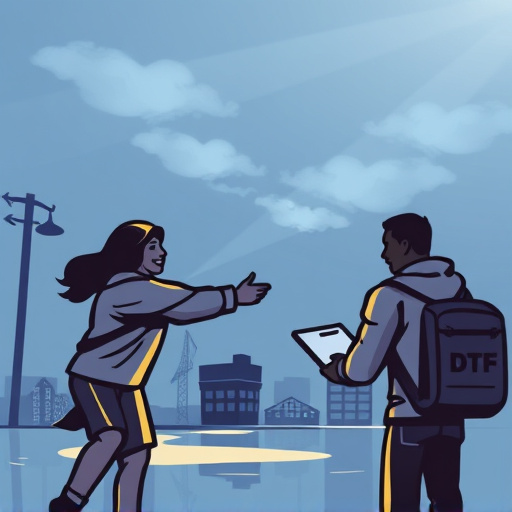
The Direct-To-Fabric (DTF) transfer process is a cutting-edge technique revolutionizing the way we personalize and design textiles. It involves a precise, direct printing method onto fabric using heat-activated adhesives, allowing for intricate and personalized arrangements of multiple designs on a single transfer sheet. This innovative approach offers designers and enthusiasts unparalleled creativity in creating unique garments, accessories, or home decor items.
Understanding DTF Transfer entails grasping the science behind its functionality. The process starts with high-resolution printing of your desired design onto a special transfer paper using solvent or UV inks. This printed sheet is then carefully positioned over the fabric, followed by application of heat and pressure, which activates the adhesive and permanently bonds the design to the fabric’s surface. This method ensures vibrant colors, crisp lines, and intricate details, making it ideal for creating custom, one-of-a-kind pieces with minimal effort.
Benefits of Personalized Design Arrangements
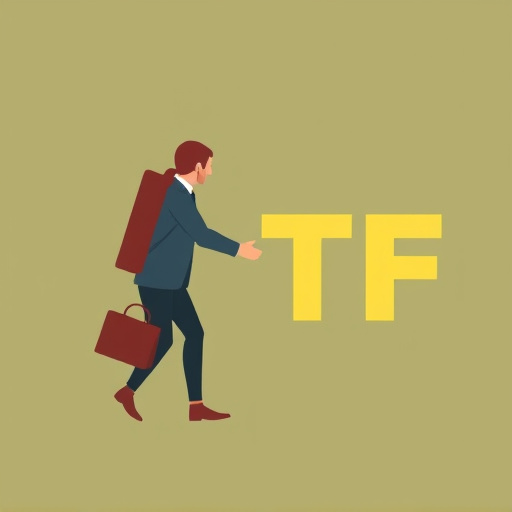
In the realm of design and manufacturing, the personalized arrangement of multiple designs on a single transfer sheet offers a multitude of advantages. One of the key benefits is enhanced efficiency. With DTF (Direct to Film) Transfer technology, manufacturers can streamline their processes by printing several unique designs onto one sheet, eliminating the need for separate setup costs and time for each design variation. This not only saves resources but also accelerates production timelines, making it an attractive option for businesses seeking to meet dynamic market demands.
Moreover, personalized design arrangements foster creativity and allow for more intricate patterns and compositions. Designers can experiment with various layouts, colors, and motifs, resulting in visually appealing and distinctive products. This level of customization is particularly valuable in industries where trendsetting and unique offerings are essential, such as fashion, textiles, and promotional merchandise. By leveraging DTF Transfer, businesses can stay ahead of the curve, offering customers a diverse range of personalized choices without compromising on quality or speed.
Preparing Your Artwork for DTF Transfer

Preparing your artwork for a DTF (Direct-To-Fabric) transfer is an essential step in ensuring crisp, high-quality designs on your final product. Start by ensuring your digital design files are at the correct resolution—typically 300 DPI—to maintain image clarity. Convert your artwork to a vector format if possible, as this allows for seamless scaling without loss of quality.
Clean up your design, removing any unnecessary elements or background distractions. Ensure all text is outlined and that all images have sharp edges; this will make the transfer process smoother. Adjust colors if needed, considering the fabric color you’ll be applying the transfer to, to guarantee optimal contrast and visibility. Finally, arrange multiple designs on a single transfer sheet, considering their sizes and positions to create a personalized, eye-catching arrangement.
The Process: Creating a Multi-Design Transfer Sheet
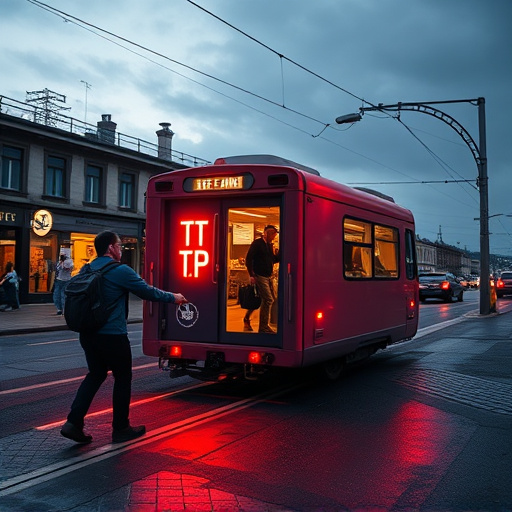
Creating a multi-design DTF transfer sheet involves a meticulous process that allows for unparalleled customization in the design world. It starts with conceptualization, where artists and designers sketch out their unique patterns and layouts. Once approved, these designs are digitally scanned and transformed into high-resolution files, ensuring every detail is crisp and clear.
These digital masterpieces are then prepared for printing. Advanced software is used to precisely arrange the various designs onto a single transfer sheet, factoring in alignment, overlap, and scale to create a seamless composition. After layout finalization, the DTF transfer sheet undergoes specialized printing using high-quality inkjet printers. This method produces vibrant colors and intricate line work, making it ideal for a range of creative applications.
Tips for Achieving High-Quality Results
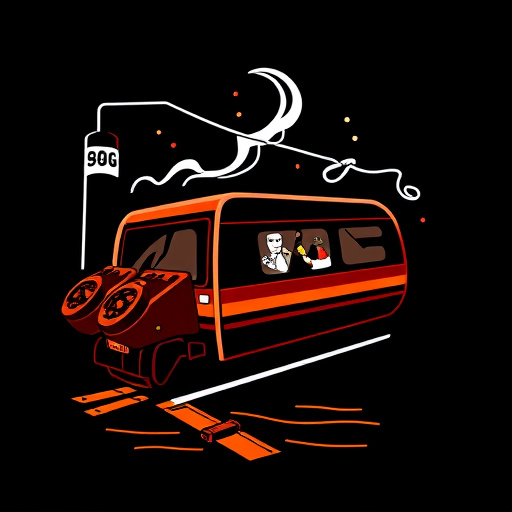
Achieving high-quality results with DTF (Direct To Film) transfer involves a few key tips. First, ensure your design files are prepared to the correct specifications, including resolution and color mode. Using vector graphics or high-resolution raster images will yield the best results. Second, clean up your designs by removing any unnecessary elements or artifacts that could affect printing quality.
Additionally, proper setup of your transfer sheet is crucial. Make sure the film is aligned correctly with the design and the surface you’re transferring to. Consider using a test print or sample to calibrate your setup before attempting the final transfer. Regular cleaning of the transfer sheet and design area will prevent dirt or residue from compromising the process.
Applications and Creative Possibilities
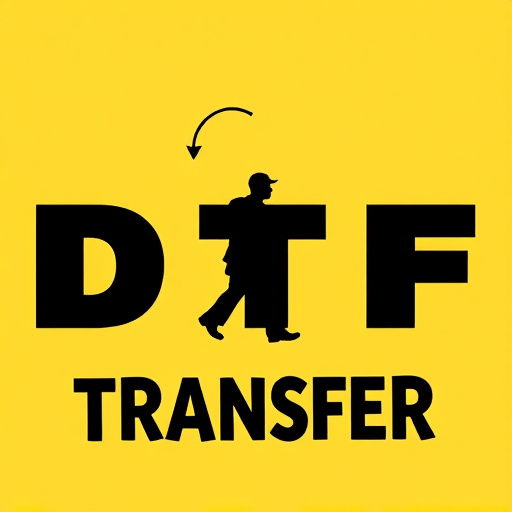
The personalized arrangement of multiple designs on a single DTF transfer sheet opens up a world of creative possibilities for artists and designers. This innovative technique allows for intricate, multi-layered patterns to be transferred onto various materials with precision and efficiency. From clothing design to home decor, the applications are vast.
Artists can create unique, one-of-a-kind pieces by combining different designs, textures, and colors in a single layout. This method encourages experimentation and allows for complex artistic visions to come to life. Whether it’s creating custom fabric prints, designing intricate tattoos, or crafting elaborate craft projects, the DTF Transfer process offers endless opportunities for self-expression and innovation.
